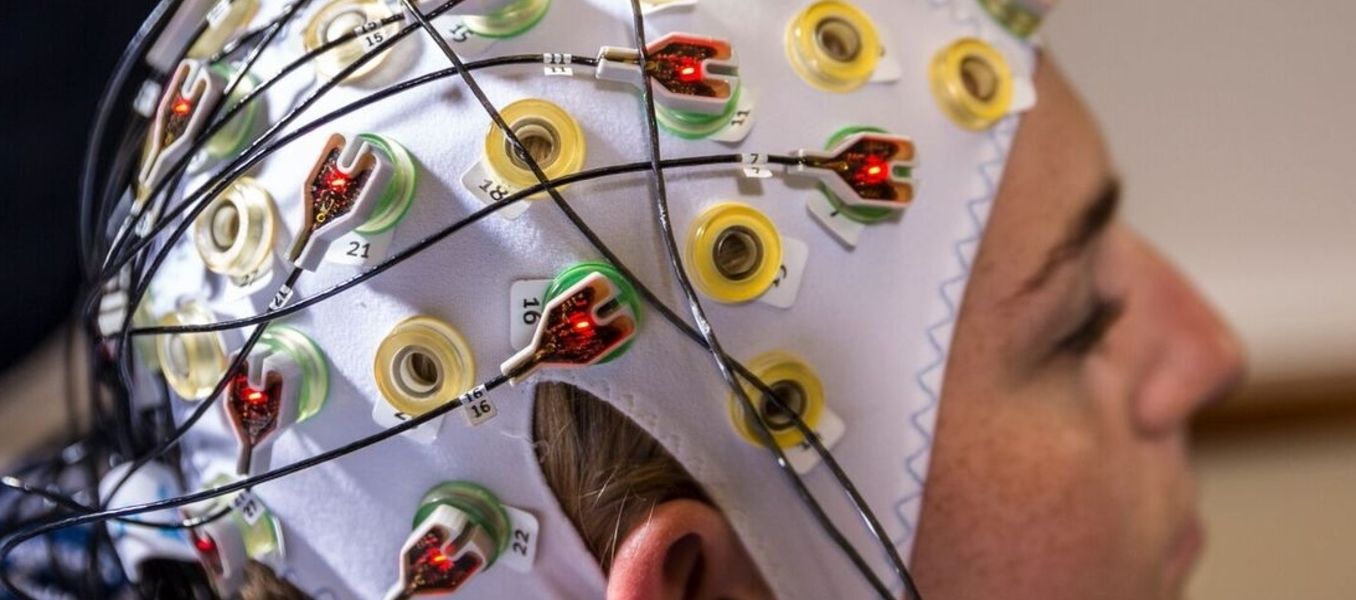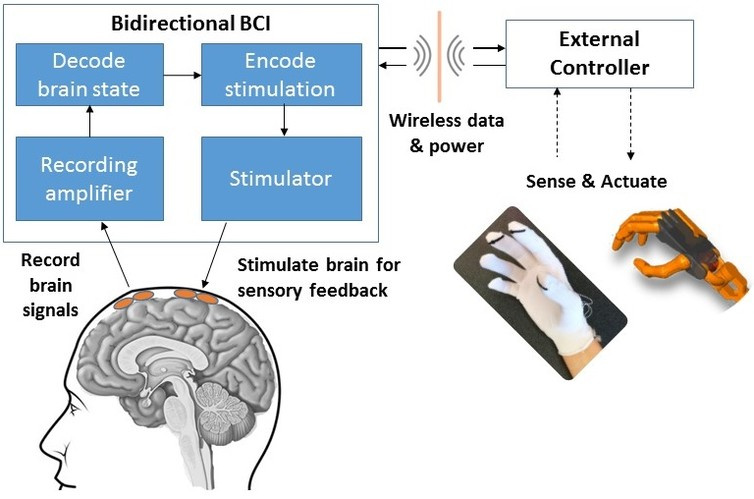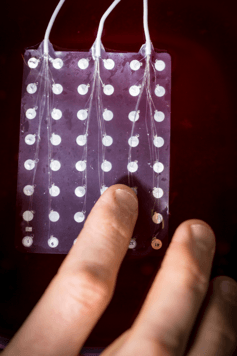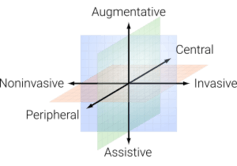How close are we to the confluence of the mind and the machine?

Circumventing restrictions
Just as the ancient Greeks dreamed of flying, today we dream of combining the brain and the machine in order to combat the annoying problem of human mortality. Can the mind directly connect with artificial intelligence, robots, and other minds through a neurointerface (BCI) to overcome our human limitations?
Over the past 50 years, researchers from university laboratories and companies around the world have made impressive progress towards such a future. Recently, successful entrepreneurs, for example, Ilon Musk ( Neuralink ) and Brian Johnson ( Kernel ), have announced new companies, whose goal is to expand human capabilities by combining brain and computer.
How close are we to the successful unification of our brain with machines? And what could be the consequences?
Start: rehabilitation and recovery
Eb Fetz, a researcher at the Center for Sensory Neural Engineering (CSNE) , is one of the pioneers in connecting machines to the brain. In 1969, before the first personal computers appeared, he showed that monkeys could use their brain signals to control a needle moving along a disk.
Most of the modern work on BCI is aimed at improving the quality of life of paralyzed people or having serious motor impairment. You may have heard about them in the news: researchers at the University of Pittsburgh use signals recorded inside the brain to control a robotic arm . Stanford researchers can extract the desire to move paralyzed patients from brain signals, allowing them to use the tablet over the wireless network.
Similarly, some limited virtual sensations can be sent back to the brain, using an electric current inside or on the surface of the brain.
What about our main senses - sight and hearing? The first versions of bionic eyes for people with severe visual impairment were commercially released, and the improved versions are undergoing clinical trials . Auditory implants, on the other hand, have become one of the most successful and most common bionic implants — over 300,000 people worldwide use them.

Bidirectional Brain Computer Interface (BBCI) can record signals from the brain and send information back to the brain through stimulation. Sensomotor Neural Engineering Center (CSNE), CC BY-ND
The most complex BCI are the “bidirectional” BCI (BBCI), which can receive signals from the nervous system and send them to it. In our center, we are studying BBCI as a radically new rehabilitation tool for treating stroke and spinal cord injury. We have shown that BBCI can be used to strengthen connections between two areas of the brain or between the brain and the spinal cord and redirect information around the area of damage in order to reanimate a paralyzed limb .
Looking at all these successes, you might think that the neural interface will become the next consumer gadget.
Still at the beginning
But a close look at BCI shows that we are still not far away: when BCI control movements, they are much slower, less accurate and less complex than those that normal people easily do with their limbs. Bionic eyes have very low resolution, hearing implants can electronically transfer speech information, but distort the music. And in order for all these technologies to work, the electrodes must be surgically implanted - a perspective that most people do not accept.
However, not all BCIs are invasive. Non-invasive BCIs that do not require surgical intervention exist. They are usually based on electrical (EEG ) recordings from the scalp and are used to demonstrate cursors control, wheelchairs , robotic arms , unmanned aerial vehicles , humanoid robots, and even brain-brain communication.

The electrocorticographic mesh used to detect electrical changes on the surface of the brain is tested for electrical characteristics. Center for Sensomotor Neural Engineering, CC BY-ND
But all these successes were in the laboratory, where the rooms are quiet, the subjects are not distracted, the preparatory processes are long and methodical, and the experiments continue long enough to show the working concept. It is very difficult to make these systems fast and durable to be practical in the real world.
Even with implanted electrodes, there is a problem when trying to read thoughts - due to the poorly studied structure of our brain. We know that every neuron and thousands of its neighbors form an unimaginably large and constantly changing network . What does this mean for neuro engineers?
Imagine that you are trying to understand the conversation between a large group of friends on a complex topic, but you are allowed to listen to only one person. Perhaps you can very roughly figure out what is at stake, but you definitely will not know all the details and nuances. And our best implants only allow you to listen to a few small areas of the brain at a time, so that we can do some impressive things, but we don’t understand the whole “talk”.
There is also what we consider the language barrier. Neurons communicate with each other through the complex interaction of electrical signals and chemical reactions. This natural electrochemical language can be interpreted using electrical circuits, but it is not easy. In the same way, when we transmit signals to the brain using electrical stimulation, they sound with a strong electrical “accent”. This makes it difficult for neurons to understand what stimulation is trying to transmit in the process of all current nervous activity.
Finally, there is a problem of damage. Brain tissue is soft and delicate, while most of our electrically conductive materials — wires that connect to brain tissue — are very rigid. The reason implanted electronics often cause scarring and immune responses , and implants lose their effectiveness over time. Flexible biocompatible fibers and arrays can ultimately solve the problem.
Coadaptation
Despite all these problems, we are optimistic about our bionic future. BCI should not be perfect. The brain is surprisingly adaptive and is able to learn how to use BCI in the same way that we gain new skills , such as driving a car or using the touchscreen interface. In the same way, the brain can learn to interpret new types of sensory information, even if they are used non-invasively , for example, using electromagnetic impulses.
We believe that the “co-adaptive” bidirectional BCI, in which electronics learns with the brain and informs it in the process of learning, may be a necessary step in creating a full-fledged neural interface. The creation of such co-adaptive bidirectional BCI is the goal of our center.
We also enthusiastically look at recent advances in the treatment of diseases such as diabetes, using "electrotherapy" - experimental small implants that treat the disease without drugs, transferring commands directly to internal organs.
Researchers have discovered new ways to overcome the electro-biochemical language barrier. For example, injection "neural lace" can be a good way to increase the growth of neurons around implanted electrodes, rather than rejecting them. Flexible nanowire probes , flexible neural bases and glassy carbon interfaces can also allow biological and technological computers to successfully coexist in our bodies in the future.
From help to improvement
New startup Ilona Mask - Neuralink announced the ultimate goal - to improve people with the help of BCI, to give our brains a head start in the ongoing race between human and artificial intelligence. He hopes that with the ability to connect to machines, the human brain will improve its own capabilities - and, perhaps, allow us to avoid the future when the AI far surpasses human abilities. Such a vision may certainly seem remote or unusual, but we should not reject it only for this reason. In the end, self-driving cars were science fiction just a decade and a half ago - and now they have filled our roads.

BCI can be studied in different dimensions: whether it interacts with the peripheral nervous system (nerve) or the central nervous system (brain), whether it is invasive or non-invasive, and whether it helps restore lost function or improves capabilities. James Wu; adapted from Sakurambo, CC BY-SA
Since brain-computer interfaces go beyond restoring the functions of people with disabilities and expanding the capabilities of able-bodied people, we need to be aware of a number of issues related to consent, privacy, identity, and equality. In our center, a team of philosophers, doctors and engineers are actively working to solve problems of ethical, moral and social justice and offer neuroethical recommendations before they enter our lives.
Connecting our brain directly to the machine can ultimately become a natural continuation of how people have expanded their capabilities over the centuries, from using wheels to overcome our movement constraints, to signs on clay tablets and paper to expand our memory. Like computers, smartphones and virtual reality headsets now, BCI, when they finally come to the consumer market, will be exciting, disappointing, risky and at the same time promising.


All Articles